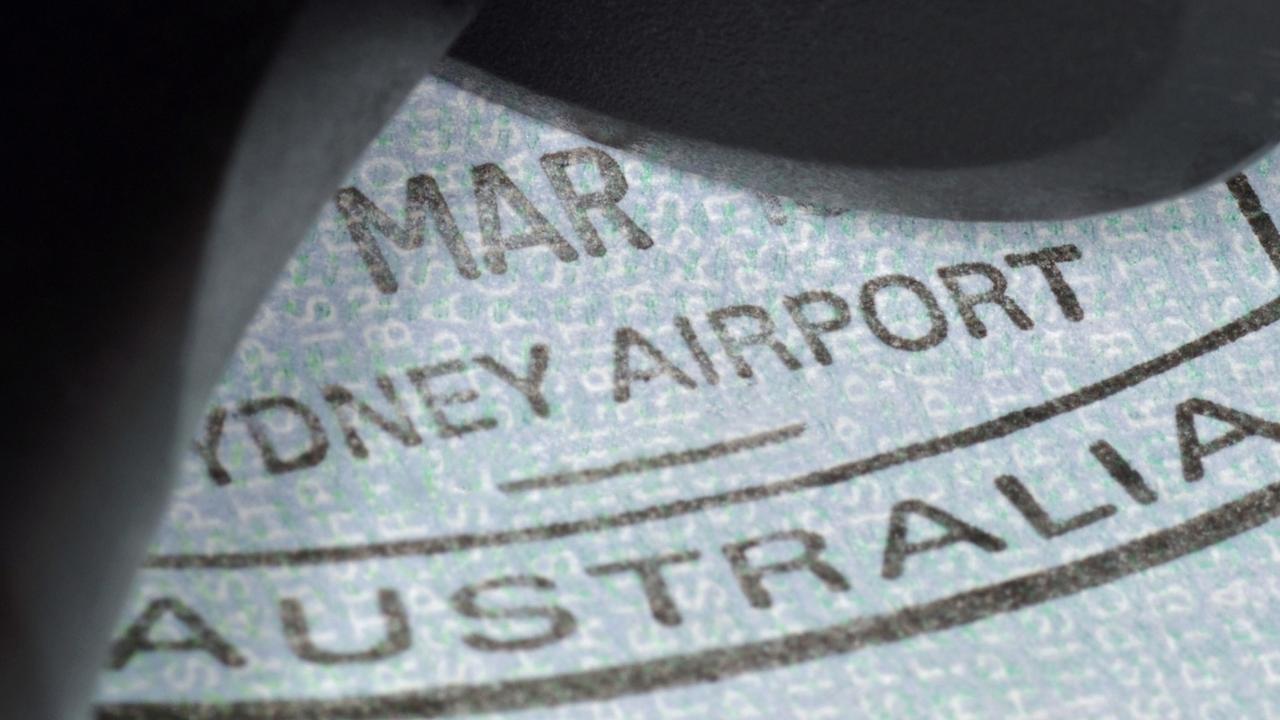“It was a very indulgent week, two wine events within three days of each other at a total cost of just under $300,” writes wine columnist RICHARD CALVER.
The proximity of the events enabled me and mate Tom, who also went to both, to evaluate a number of big reds produced by the Barossa in SA and those from the Rutherglen region in Victoria. It was a Kurtz wines (Barossa) dinner versus a Warrabilla (Rutherglen) lunch.

I hope that I bring an objective stance to the evaluation or at least consistency in my wine prejudices. The best way to do that, I reckon, is to talk about my two favourite wines from each winery rather than create pointless conflict where none exists, as my favourite offerings were from different years and featured different varietals/blends.
I like the big bold reds that these regions produce; the shiraz-dominant, teeth-staining, gripping reds that are bold on the palate and thick with alcohol and complexity, that most often need to be cellared for maximum enjoyment after five to 10 years.
They match well with meat dishes and are good winter drinking. They are usually grown in our hotter climes, just like the Barossa and Rutherglen.
In contrast is the trend to lighter reds both in style and in alcohol content and the rush to purchase for immediate consumption.
Despite the trend to lighter reds, such as pinot noir (5 per cent of Australia’s wine consumption by volume in 2022), there is still a strong following for quality, bold reds, as is evident from Warrabilla attracting more than 100 people to the lunch at the Boat House and announcing that they have people who have belonged to their wine club for more than 20 years.
The Kurtz winery has a smaller production, but Steve Kurtz sells all the wines he makes, as he told us at the dinner at Gryphons in Griffith.
My two favourite Kurtz wines were first the 2019 Boundary Row GSM, a blend of grenache, shiraz and mourvèdre.
This is a bold wine at 15 per cent alcohol by volume and it has developed wonderfully over four years with cellaring bestowing depth of flavour, still fruit forward with blackberry prevailing and the alcohol not knocking out any of the brightness of the fruit.
The second and the darling of the evening was a 2008 Lunar Block Shiraz (14.5 per cent alcohol by volume) that Steve told us he had opened at five o’clock that afternoon (it was served around four hours later). It was liquid velvet, the reward of patience, the fruit flavours not dissipated, remarkably balanced and delicious. There are no more in the cellar unfortunately.
My two favourite Warrabilla wines were first the 2021 Reserve Cabernet Sauvignon at 15.5 per cent alcohol by volume.
It was well balanced with the tannins not too “grippy” but that gave the wine length. While it is drinking well now, in three to five years it will be exceptional.
Then for power was the 2021 Reserve Durif at 16 per cent alcohol by volume; a cornucopia of fruit flavours that were not dampened by the high alcohol content. This is a keeper, too; it can only get better from cellaring.
An old Irish woman wins the lottery and decides for the first time in her life to give in to indulgence. She decides to have a milk bath and calls a dairy farm.
“I’d like to order meself some milk”
“How much will ye be needing?”
“I suppose, I’ll need enough to fill me bath tub.”
“Shouldn’t be more than 200 litres I’d guess.”
“My word! That’s more than I thought.”
“Well, tell me madame, will ye be needing the milk pasteurized?”
“Oh no! I think up to me neck will do.”
Related
Who can be trusted?
In a world of spin and confusion, there’s never been a more important time to support independent journalism in Canberra.
If you trust our work online and want to enforce the power of independent voices, I invite you to make a small contribution.
Every dollar of support is invested back into our journalism to help keep citynews.com.au strong and free.
Thank you,
Ian Meikle, editor




